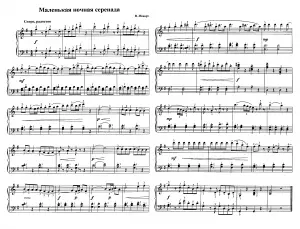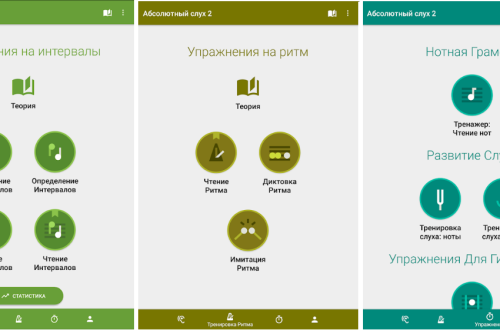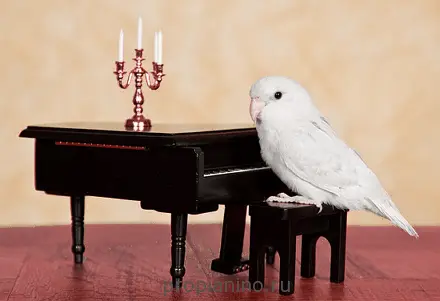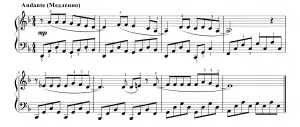
Nuances in Music: Strokes (Lesson 13)
Have you ever thought about what makes our speech unique, unlike anyone else? And with the help of what do we distinguish that they make fun of us, threaten us, caress us with speech, etc.? When communicating, we use different shades of speech, using different articulations. We can speak smoothly, languidly, we can caustically, caustically.
So it is in music. Playing without articulation is soulless, spineless. Such a game will not hook the strings of the soul of the listener. It’s like listening to a long monotonous speech.
So what is articulation?
Articulation refers to different ways of pronouncing a melody with varying degrees of dismemberment or connectedness of notes. This method is specifically implemented in strokes.
The strokes, as you might guess, are different. And each stroke corresponds to a certain sign, which indicates exactly how the note should be played: short, long, hard, etc.
Let’s start with the most basic strokes and the most frequently used ones – these are:
- legato
- nonlegato
- staccato.
Not a single piece of music, even the smallest piece of music, can do without these touches.
So, legally (Italian legato “connected”) is a connected performance of music. playing bound, you should carefully listen to how one sound is replaced by another, to a smooth and even distribution of sound from tone to tone without interruption and shocks. Very important when playing bound direct attention to the development of sound binding skills without unnecessary movements, hand pushes and excessive raising of fingers.
There is a stroke in the notes bound denoted by the league.

Nonlegato (Italian nonlegato “separately”) is often used at a moving pace, with the agitated nature of the music. The notes are not marked in any way. As a rule, at the beginning of training, students play precisely unattached. When playing this stroke, the keys are pressed and released in such a way that there is neither smooth nor jerky sound.
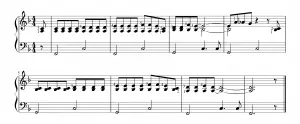
Staccato (Italian staccato “jerky”) – a short, jerky performance of sounds. Is the antipode bound. The skill of playing this stroke is to reduce the duration of the sound and increase the pauses between them without changing the tempo. This stroke gives the work subtlety, lightness, grace. On execution staccato we use fast and sharp sound extraction techniques. The finger strikes a note and immediately releases it. This technique can be compared to typing on a keyboard or a bird pecking at grains.
On the stave staccato indicated by a dot located above or below the note (do not confuse with the dot located to the right of the note – this point indicates the addition of half of its duration).
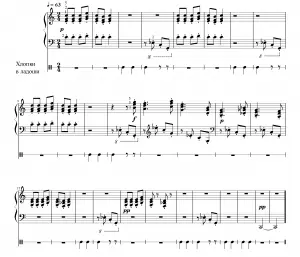
Each of these basic strokes has a number of gradations, which, although not very often, are found in notes. Let’s consider some of them.
Portamento (Italian portamento “transfer”) – a way of singing a melody. Sounds are extracted like unattached, but more coherently, and emphasizing each note. In sheet music, it is indicated by a small horizontal dash below or above the note.

Markato (Italian marcato “highlighting, emphasizing”) the stroke is harder than bound. Denotes an accentuated, distinct performance of each sound, which is achieved through an accent. Rarely featured in sheet music. Indicated by a check mark.
![]()
Stakkatissimo (Italian staccatissimo “very jerky”) is a type of staccato (sharp staccato). It is played very briefly and as abruptly as possible. A specific feature of staccatissimo is the reduction of the sound duration by more than half. It is indicated by a sign resembling a thin triangle.
![]()
Staccato accent – even more accentuated, short, jerky notes. It is indicated by dots above the notes, and above the dot is the accent sign.

This, perhaps, is all that I wanted to tell about the strokes in music. And finally, a couple of works for practice, where the strokes we studied are found:

